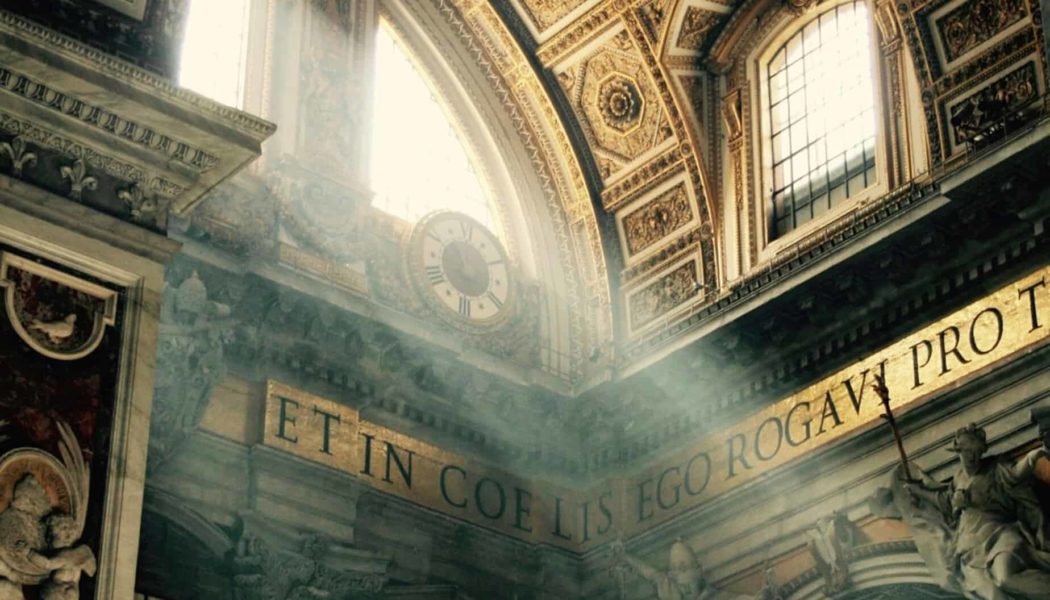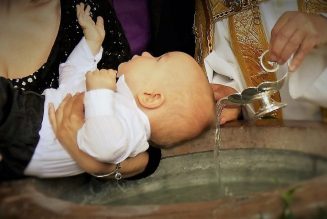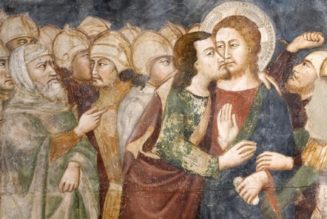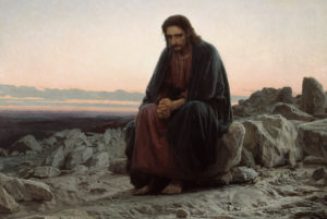
Rome is chaotic at its calmest, but three weeks working there in May suggested that the chaos has intensified to what may be unprecedented levels. Public transport is regularly stymied by strikes. Graffiti is everywhere. As always, traffic is a nightmare, but the usual insanities of Roman driving, (which include daredevil motorini drivers careening in and out of lanes) have been magnified by the rush to complete Line C of the local subway, which involves digging up large chunks of the city, often in already-congested places like Piazza Venezia. (Years ago, local wags of a theological temper said that the opening of Line C was an eschatological concept, i.e., something that would happen the day after Christ returns in glory. We shall see.)
So, a word to the wise: if you’re planning a visit to the Eternal City in the next few months, don’t count on tranquility.
The all-court press to finish Metropolitana Linea C reflects the city administration’s determination to be prepared for the tens of millions of pilgrims expected in Rome for the Jubilee of 2025, which was formally announced by Pope Francis in the “bull of indiction” issued on May 9, the Solemnity of the Ascension. Prior to that, however, Vatican and local diocesan agencies were issuing preparatory materials for the jubilee year. Some of them warrant comment.
First, the jubilee logo.
It’s often said, and rightly, that in a world confused about truth and goodness, beauty, the third “transcendental,” can be an invitation to reconsider modern skepticism and moral relativism. If we see (or hear) something beautiful, we know it’s beautiful in itself – it’s not a matter of “my” beauty or “your “beauty.” And we instinctively grasp that this beauty is good – not just “good for me.” Hans Urs von Balthasar built an entire theological edifice on the foundation of an extended reflection on God’s beauty: “the glory of the Lord.” Bishop Robert Barron’s Catholicism series is such a powerful tool of evangelization because it’s visually beautiful – and thus opens viewers up to Catholic ideas of the true and the good.
Why, then, did the Vatican come up with such a tacky jubilee logo? Can’t the Catholicism that inspired Fra Angelico, Michelangelo, Raphael, Caravaggio, and Henry Ossawa Tanner produce a beautiful logo, rather than kitsch that looks like a sixth-grade art project? This aesthetic self-degradation began with the logo for the Great Jubilee of 2000 and has continued ever since. Basta! If, in this world of marketing, we must have logos, let’s have beautiful ones. For as Benedict XVI insisted, beauty is one of the “proofs” of the truth of Christian faith.
Then there are some of the preparatory materials currently being circulated by dioceses. One of them is a video entitled “Towards the Jubilee 2025.” The narration fails to use the words “Jesus Christ.” Yet, as the pope noted in his bull of indiction, 2025 is the 1,700th anniversary of the first ecumenical council, Nicaea I, which proclaimed in its Creed the divinity of Christ, “consubstantial with the Father,” against the Arian heretics who insisted that “there was a time when the Son was not.” As forms of Arianism are widespread today in the world and the Church – Jesus is a human exemplar, a spiritual guru, an avatar of a generic, divine will-to-save – Nicaea I’s confession of “one Lord, Jesus Christ: God from God, Light from Light, True God from True God” is an urgent reminder of the bedrock truth of Christian faith. Thus the absence of the words “Jesus Christ” from that Jubilee-2025 promotional video is, to put it gently, striking.
– Advertisement –
Then there is the Hymn for the 2025 Jubilee. As contemporary Catholic music goes, it’s acceptable melodically and the text is tolerable. But the official Jubilee 2025 hymn has none of the robust, unapologetic Christocentrism of the hymn for the Great Jubilee of 2000, Gloria a Te, Christo Gesu [Glory to You, Christ Jesus]: at its most stirring when performed by Andrea Bocelli and the Chorus of Rome’s National Academy of St. Cecilia. Gloria a Te, Christo Gesu is entirely and intensely Christological, as befits a hymn composed for the celebration of the 2,000th anniversary of the Incarnation. So why the Christological reticence of the hymn for Jubilee 2025, which will mark the anniversary of the Church’s dogmatic definition of the divinity of the Lord Jesus? What has happened to the Church over the past twenty-five years?
Now, as ever, the lesson of Acts 3:1-7 is pertinent. Like Peter speaking to the lame man in the Temple, the Church has nothing to offer but what is most important: “Jesus Christ of Nazareth.”




![Is single parenthood the problem? If so, should the government try to fix it? [Note: The Atlantic paywall]…](https://salvationprosperity.net/wp-content/uploads/2023/09/is-single-parenthood-the-problem-if-so-should-the-government-try-to-fix-it-note-the-atlantic-paywall-327x219.jpg)




